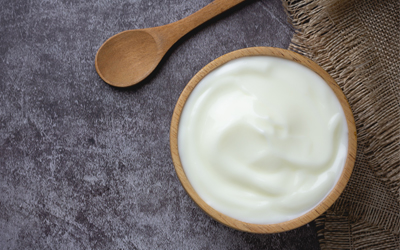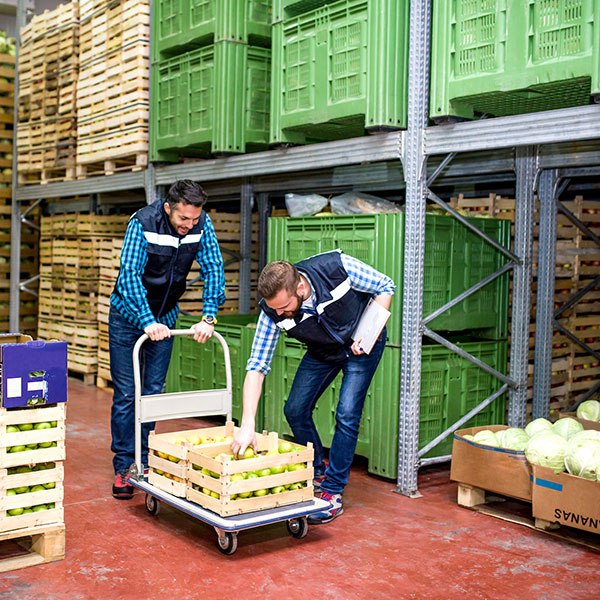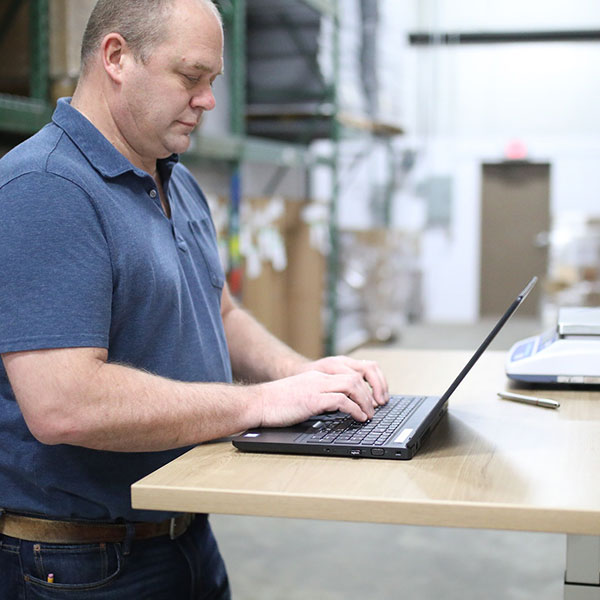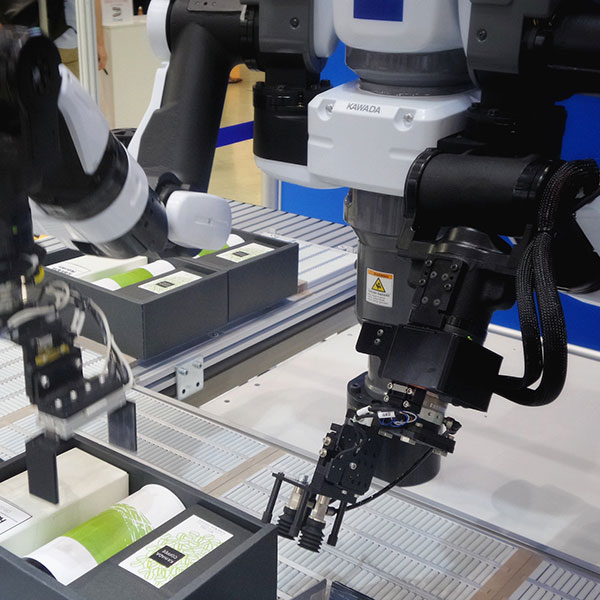INDUSTRIAL INDUSTRY
Using olfactive data to follow products across the industrial value chain, from traceability and validation of ingredients to improving cost of quality to process monitoring, digital olfaction can add a new layer of data to Industry 4.0 systems.
DIGITAL OLFACTION
CAN BE USED FOR
Traceability
- Validate olfactive properties of ingredients and products before, during and after delivery
- Determine abnormal characteristics due to geographic region or quality grade
- Identify counterfeit or damaged materials
Cost of Quality
- Enable objective odor standardization for fully manufactured products
- Ensure odor defects are not transferred from packaging materials to products
- Control olfaction quality for more consistent customer experiences
Process Monitoring
- Optimizing and validating clean-in-place protocols
- In-process control of odor evolution for reactions like fermentation or maturation
- Automated raw material grading and assessment for 24/7 operations
USES CASES
Comparisons between Human Panels and NeOse Advance in QC and Process Optimization
Watch this presentation from the 2022 Digital Olfaction Summit from Jeremiah Bechtold, Antique Candle.
YOUR USE CASES

Digital Olfaction & Fermentation: What You Need to Know
While consumers may associate fermentation with everything from the gross to the tasty, growing consumer demands for healthier food options coming out of the COVID-19 pandemic …

Integrating Digital Olfaction into the Blockchain for Enhanced Ingredient Traceability
It’s no secret that the global supply chain has faced its fair share of challenges over the past few years. From the COVID-19 pandemic…

Improving Cost of Quality with digital olfaction
Manufacturing operations are focused on minimizing Cost of Quality (COQ) as it can account for significant portion of their controllable costs. Much of the business intelligence and analytic solutions in this area have focused on process optimization and preventative...





